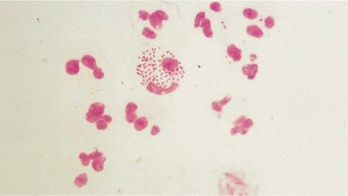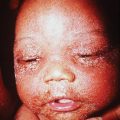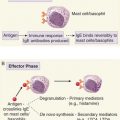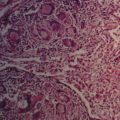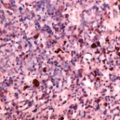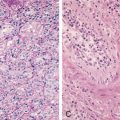CASE 46
Anne is 20 months of age and has been hospitalized with a fever, irritability, and moderate dehydration. Blood work suggests a bacterial infection, with elevated neutrophils (see Appendix for reference value), although chest radiograph and urinalysis are normal. A lumbar puncture taken yesterday showed an elevated white blood cell count, and preliminary culture results today suggest growth of Neisseria meningitidis. She has been receiving intravenous antibiotics for 30 hours, and there is some improvement in her condition. Physical examination indicated that Anne was below the 50th percentile for weight, had recurrent diarrhea, and had seborrheic dermatitis, more commonly referred to as “cradle cap.” Detailed question of Anne’s clinical history revealed that she had had recurrent infections, but none had ever been this bad. Detailed family history reveals that a distant male cousin and an aunt both died at an early age (<2 years) of meningitis. What further tests might you order? What is the significance of the history and findings?
QUESTIONS FOR GROUP DISCUSSION
RECOMMENDED APPROACH
Implications/Analysis of Clinical History
Anne’s immediate problem is the Neisseria meningitidis infection, which is the cause of the overwhelming sepsis, now referred to as systemic inflammatory response syndrome (SIRS). Although deficiencies in B cells, phagocytes, and complement are considerations in patients with severe bacterial infections, the fact that this is a Neisseria infection suggests that we should be focusing our attention on possible deficiencies in the terminal pathway of complement. Patients with deficiencies in the proteins that compose the membrane attack complex are particularly susceptible to infections with Neisseria species (Fig. 46-1).
